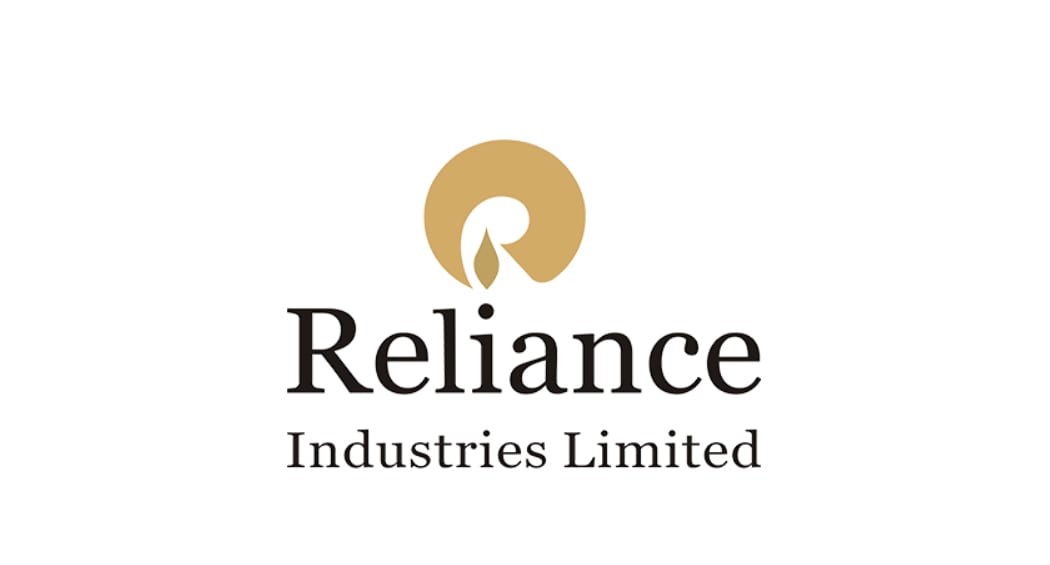Reliance Industries Ltd., India’s largest and most valuable conglomerate, has secured an impressive second-place ranking on the 2024 FutureBrand Index, marking a significant leap ahead of global powerhouses such as Apple and Nike.
The FutureBrand Index recognizes brands that effectively evolve their strategies to maintain relevance in an ever-changing marketplace, balancing purpose with customer experience. Reliance’s dramatic rise — jumping 11 positions from 13th in 2023 to second this year —highlights its success in navigating both market shifts and evolving consumer expectations.
The list is topped by South Korean tech giant Samsung, with Reliance standing as the sole Indian brand among the top 10. It outpaces renowned names like Walt Disney, Netflix, Microsoft, Intel, and Toyota, solidifying its status as a leader in brand perception globally.
According to the FutureBrand report, a “future brand” is defined as one that not only balances purpose with an exceptional user experience but also excels across a broad spectrum of attributes that contribute to long-term success. The Index evaluates the world’s top 100 companies by market capitalization, offering insight into how effectively brands can adapt to change while remaining true to their core identity.
“A future brand performs consistently well on 18 critical attributes,” the report states. “Over the past decade, we’ve observed the rise of new challengers and the evolution of established global giants, all of which are able to successfully adapt to shifting consumer preferences and technological advancements without losing sight of their purpose.”
The FutureBrand Index does not simply focus on financial performance, but also assesses how a company’s brand is perceived by a network of informed professionals—individuals with knowledge of at least seven companies in the PwC Top 100. This qualitative analysis, based on over 3,000 interviews, measures the emotional and functional attributes that position a company for sustained success.
The 2024 findings also highlight a regional shift in brand dominance. While U.S. brands once dominated the rankings, the top 10 now features a more diverse mix, with U.S. companies accounting for four spots and five brands emerging from the Asia-Pacific and Middle East regions. This trend reflects the growing investment in branding, particularly in B2B sectors, in these regions, paralleling the pace of brand development seen in the U.S. and Europe a decade ago.
